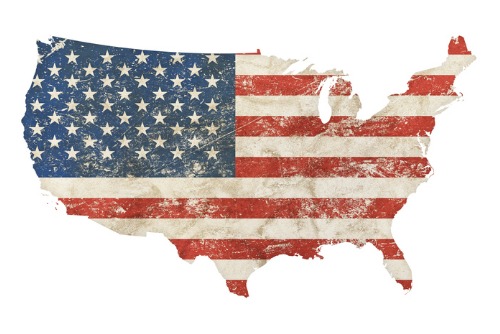

Car insurance rates have gone up for 83% of American drivers over the past year, according to insurance search engine The Zebra. In fact, rates across the US are the highest they’ve ever been, with a national average annual premium of $1,470 – up 23% from 2011.
The Zebra’s 2019 State of Auto Insurance Report looks at more than 61 million car insurance rates over the past eight years and across all 34,000 US zip codes. It uses this data to analyze the state of auto insurance in the US and determine what trends are causing rates to skyrocket or plummet.
It’s important to note that insurance is regulated differently in each state, which means car insurance premiums also vary substantially by location. The Zebra’s report highlights the erratic nature of rates in the different states. Since 2011, some states’ rates have increased by almost 80%, whereas others have only experienced a 1% increase. In the same eight-year period, 10 states enjoyed a net rate decrease by as much as 20%. Rate changes from year to year were as high as 45% in some states.
Learn more about the other factors affect car insurance premiums here.
The report also identifies a number of reasons why auto insurance rates might change, including legislation and regulation, population and crime, weather, the economy and driver behaviors.
“Some people are paying $500 a year while others are paying $5,000. Why? It could be weather in your state, your driving habits, or even your gender, marital status, or credit score,” said Alyssa Connolly, director of market insights at The Zebra. “Car insurance is a major expense for most Americans, and drivers want to know how much their rates are changing - especially as new technology comes into play.”
According to The Zebra, car insurance rates have gone up in 41 states (including Washington, D.C.) in the past year, and they’ve decreased in just 10 states. Colorado was the hardest hit, with a year-over-year rate increase of 19%, and Montana enjoyed the greatest decrease of 21%. Only four states have an average annual rate of less than $1,000, and four others have an average annual rate of more than $2,000.
Here’s a list of auto insurance rates by from the most expensive to the least expensive state, including the average annual rate:
Car insurance in Florida costs among the highest in the country. But there are ways for you to find the best coverage. Learn how in this guide.
New technology is changing how people drive and how car insurance companies operate. As the US auto insurance industry progresses, more and more insurers are using telematics and sensor devices to monitor driving behavior and to reward safe drivers with positive road data. However, while technology is having a positive impact in some areas, it can be detrimental in others. Although new technology is making cars safer, it’s also making them more expensive to repair or replace, so drivers are unlikely to see near-term car insurance savings for adopting new car features.
